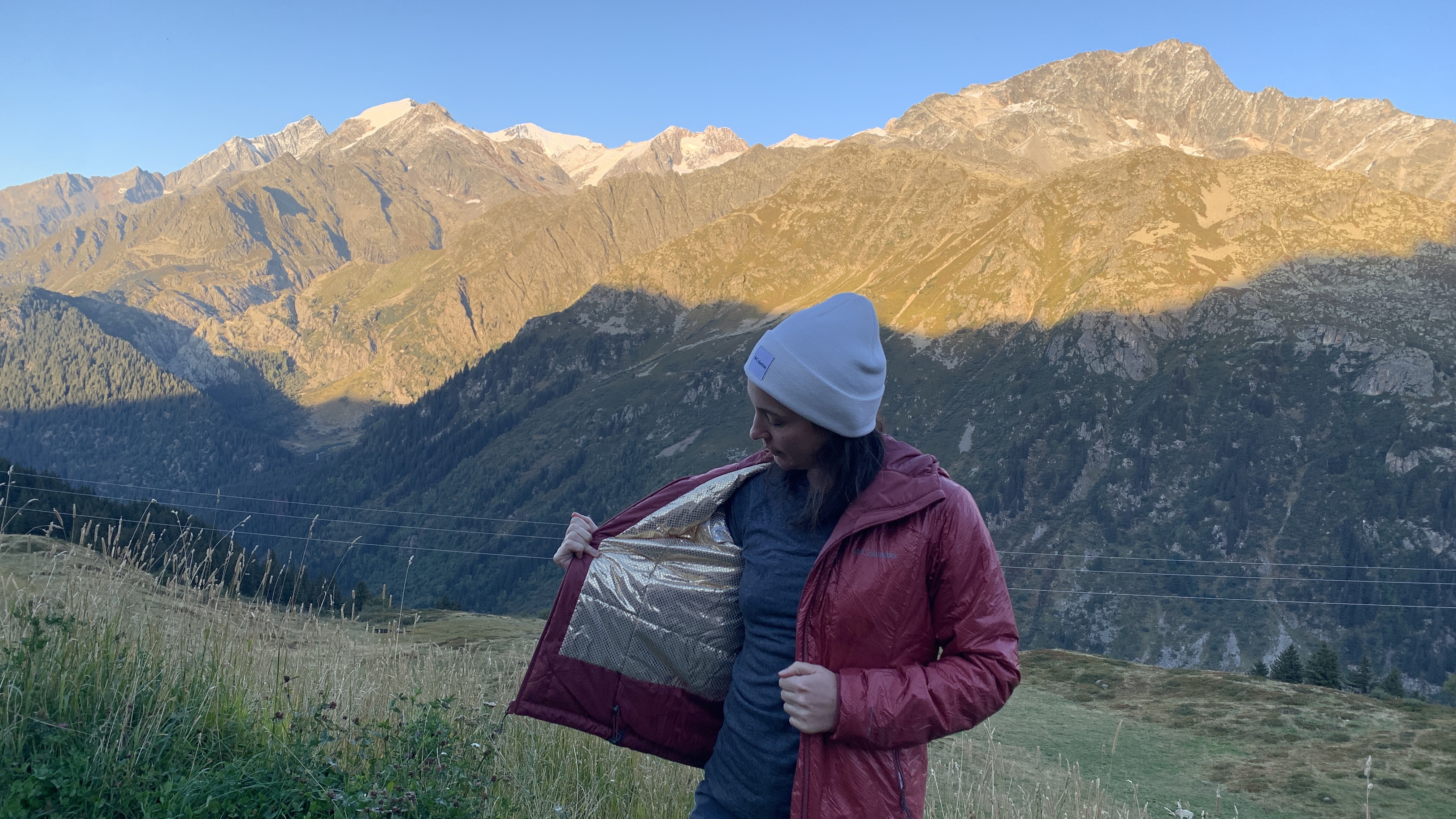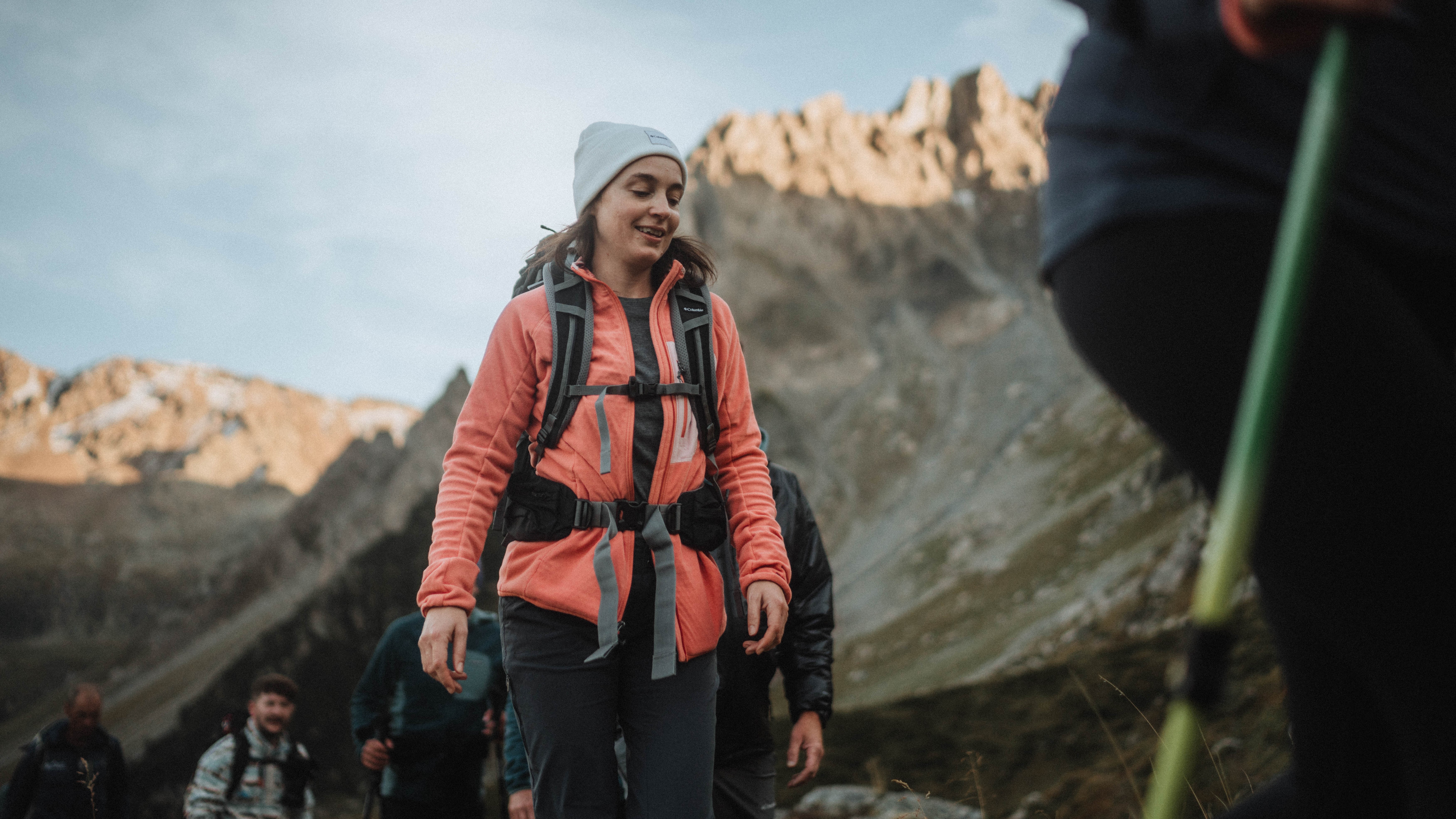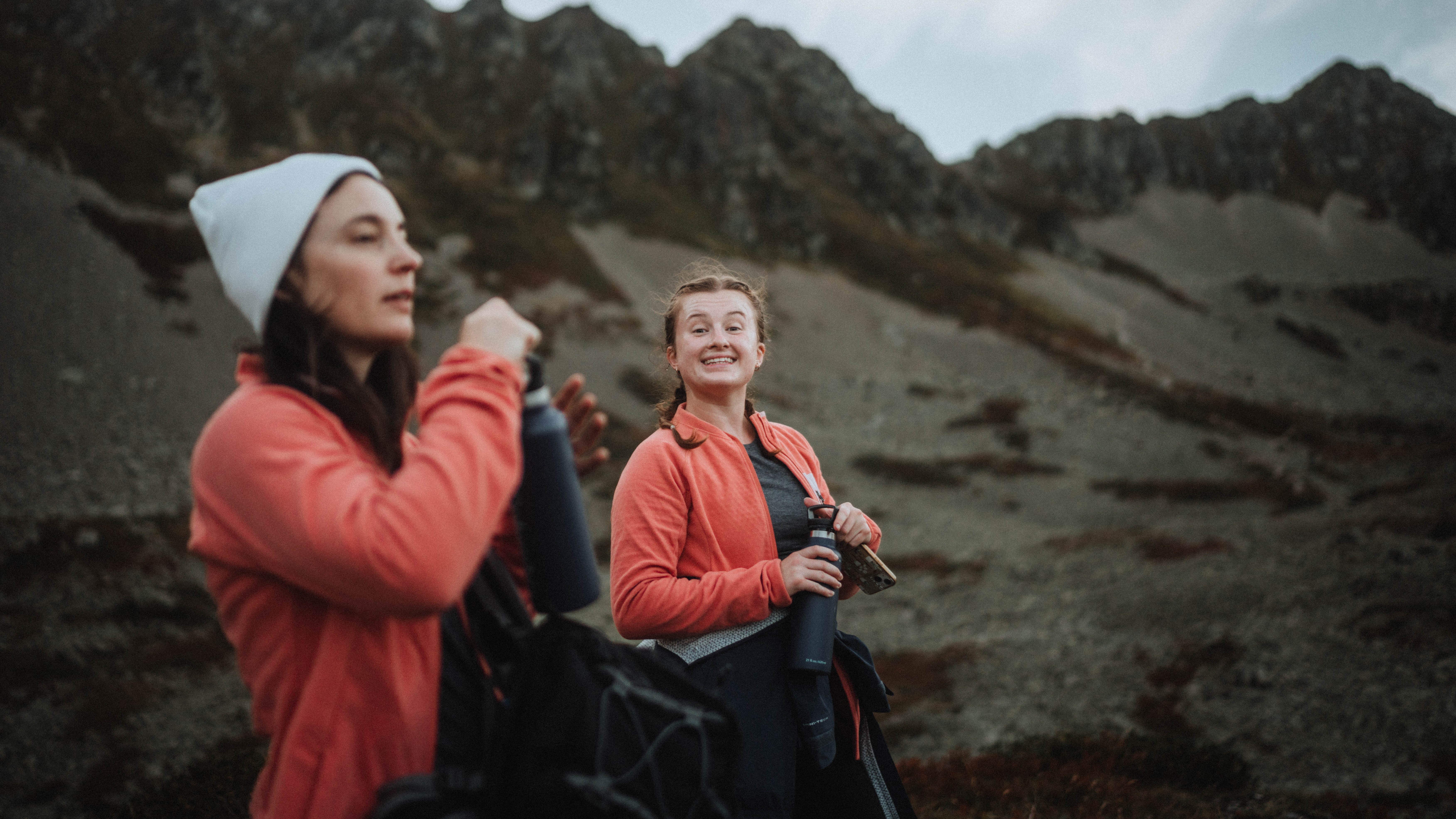What is Columbia’s OmniHeat Helix technology – and does it keep you warmer?
A look at one of Columbia’s newer innovations in insulation, and why you might want to check it out

Before I worked as an outdoors journalist, when I was a mere enthusiast, I never thought much about the technologies that went into my gear. Sure, I wanted to know my base layers were made using merino wool and my waterproof jackets with GORE-TEX, but those labels listing all the amazing technologies that go into every pair of rain pants and every fleece jacket I bought? I never paid them any notice.
Over the last couple of years, however, my job has meant I’ve got to learn a lot more about the science behind my outdoor gear, and I have to admit, it’s fascinating. Take OmniHeat Helix, for example. I recently learned all about this technology when I was on a gear-testing trip to the French Alps with Columbia Sportswear.
I’ve tested my fair share of Columbia gear, from the high-performing Arch Rock Double Wall insulated jacket to the fashion-forward Coral Ridge ODX waterproof jacket. My first ski jacket in 2004 was by Columbia. But if I’m being honest, I didn’t know that much about the brand until the first day of our trip, when we gathered in Columbia’s European headquarters in Geneva.

Of course, we were a group of journalists and the purpose of the trip was to impress us, but even with that in mind, I started to find myself a little excited by how much Columbia has invested in technology. According to my notes from that day, the company comes out with a new technology every season, totalling some 40 technologies, which I’ve written in my notebook with seven exclamation marks (I went on their website to check and counted 36, so I was close enough).
One of the pieces of gear I was testing on the trip was the Outdoor Tracks Technical Fleece. Because I had flown to Geneva without checking a bag, I had thrown it on for the journey so I was already wearing it when the Columbia rep, Christelle, started talking about the technology that had gone into it. Honestly, I hadn’t paid it much heed, but now I was invited to unzip it and examine the lining, which I saw was dotted with hexagonal pads. I’d assumed this was merely a design decision, but as I learned, it’s actually one of Columbia’s newer technologies – OmniHeat Helix.

What is OmniHeat Helix?
OmniHeat Helix is an insulating technology consisting of soft, closed-cell foam pods which are applied to the interior lining of a garment like a fleece jacket to help keep you warm.
“If you think about traditional materials that are used in jackets, they really are just different forms of trapped air,” says Haskell Beckam, Senior Director of Innovation.
All the latest inspiration, tips and guides to help you plan your next Advnture!
Closed-cell foam insulation has already been used in other industries – it’s actually used in the construction industry to insulate houses, but I’m more used to seeing it in sleeping pads for camping like the Therm-a-Rest Z-lite SOL. Compared to open-cell insulation, it’s more resistant to moisture, which is why it’s great for sleeping pads. That’s also why it wouldn’t work to just construct a jacket or blanket entirely out of closed-cell foam – because it’s not breathable.
“Our innovation was to figure out how to apply closed-cell foam in a discontinuous pattern to the garment so the garment could still breathe,” explains Beckham.
According to Columbia, the pads hold onto heat longer than the underlying base material, so they’re more effective than fleece on its own. However, they don’t trap sweat in the process, so garments using OmniHeat Helix can help you avoid overheating if you’re wearing them for aerobic activity during active periods in cold weather, but when it’s time to rest, they continue to keep you warm. As Beckham describes it, it’s a reactive technology.

Does OmniHeat Helix work?
It all sounds good, but does OmniHeat Helix really work any better than just wearing a regular fleece? It’s impossible for me to scientifically verify these claims, but I did wear the jacket in the ideal conditions when I was in the Alps.
Though the daytime temperatures were actually unseasonably warm, we spent a couple of nights in a high altitude hut, which meant that as soon as the sun dropped, it got cold fast. On our second night, I joined the group for a pre-dinner sunset hike. We set off about an hour before sunset so that when we reached the highest point, it was dark and we could come down in the cold under a full moon.
The hike up was steep and strenuous, in that switchback-resistant style all alpine hikes seem to be, and I was warm and sweaty with my fleece on. After taking some photos at the top, we began our hike down and though it was now cold, I didn’t need to pull on my shell or down jacket. In fact, I didn’t get chilled at all.
Since returning to Scotland, we’ve had unseasonably cold weather so I’ve had lots of opportunity to keep testing it and I do think it’s effective. Compared to my awesome Houdini Houdi, which is super warm but a little more bulky, my Outdoor Tracks fleece is lighter and thinner, so I would think it wouldn't be as warm, but when I pull it on I am instantly more comfortable.
I don’t know if you need to race out and replace your entire wardrobe with items using OmniHeat Helix, but I will say that if you’re looking for a technical layer for high aerobic activity in cold environments, it’s worth looking for those hexagonal pads of coziness.
Julia Clarke is a staff writer for Advnture.com and the author of the book Restorative Yoga for Beginners. She loves to explore mountains on foot, bike, skis and belay and then recover on the the yoga mat. Julia graduated with a degree in journalism in 2004 and spent eight years working as a radio presenter in Kansas City, Vermont, Boston and New York City before discovering the joys of the Rocky Mountains. She then detoured west to Colorado and enjoyed 11 years teaching yoga in Vail before returning to her hometown of Glasgow, Scotland in 2020 to focus on family and writing.

